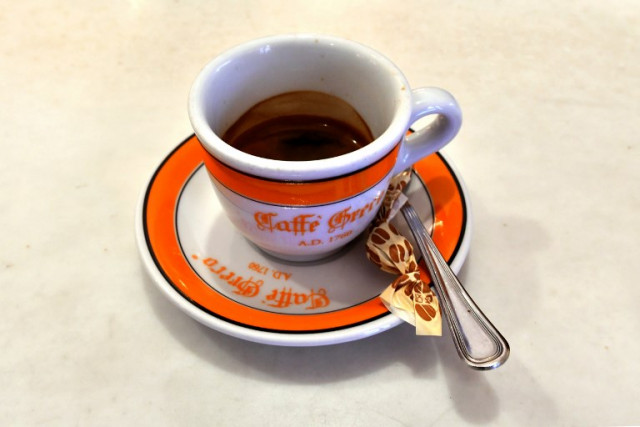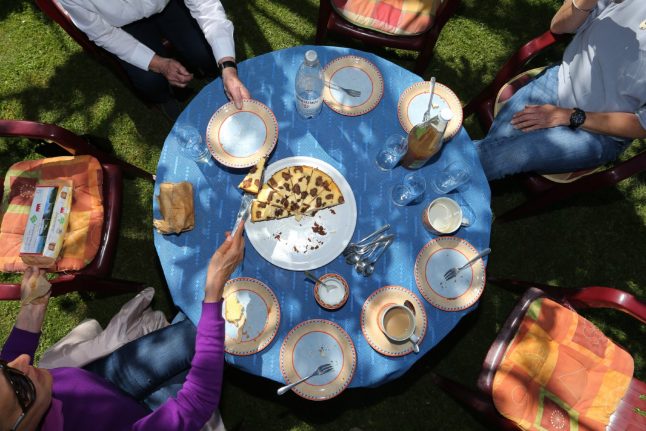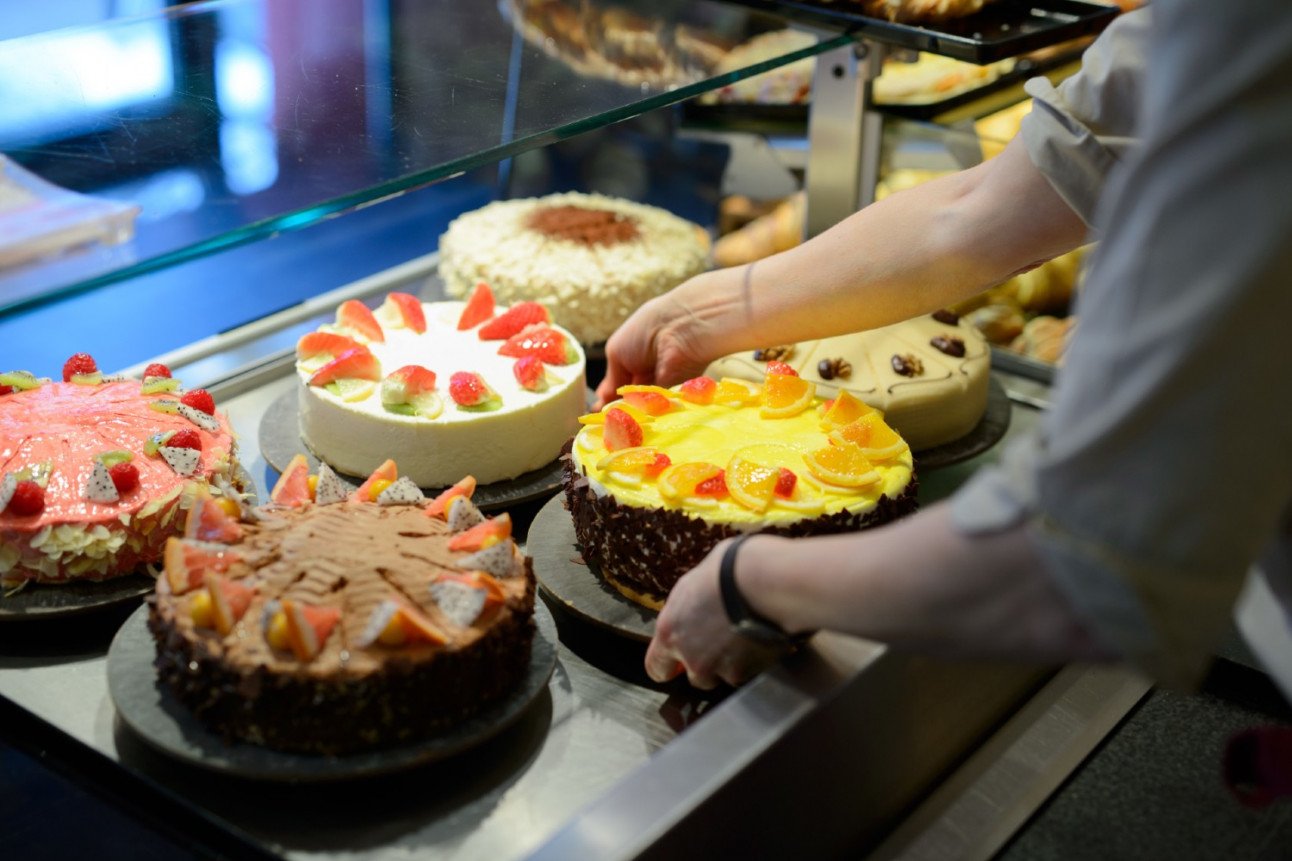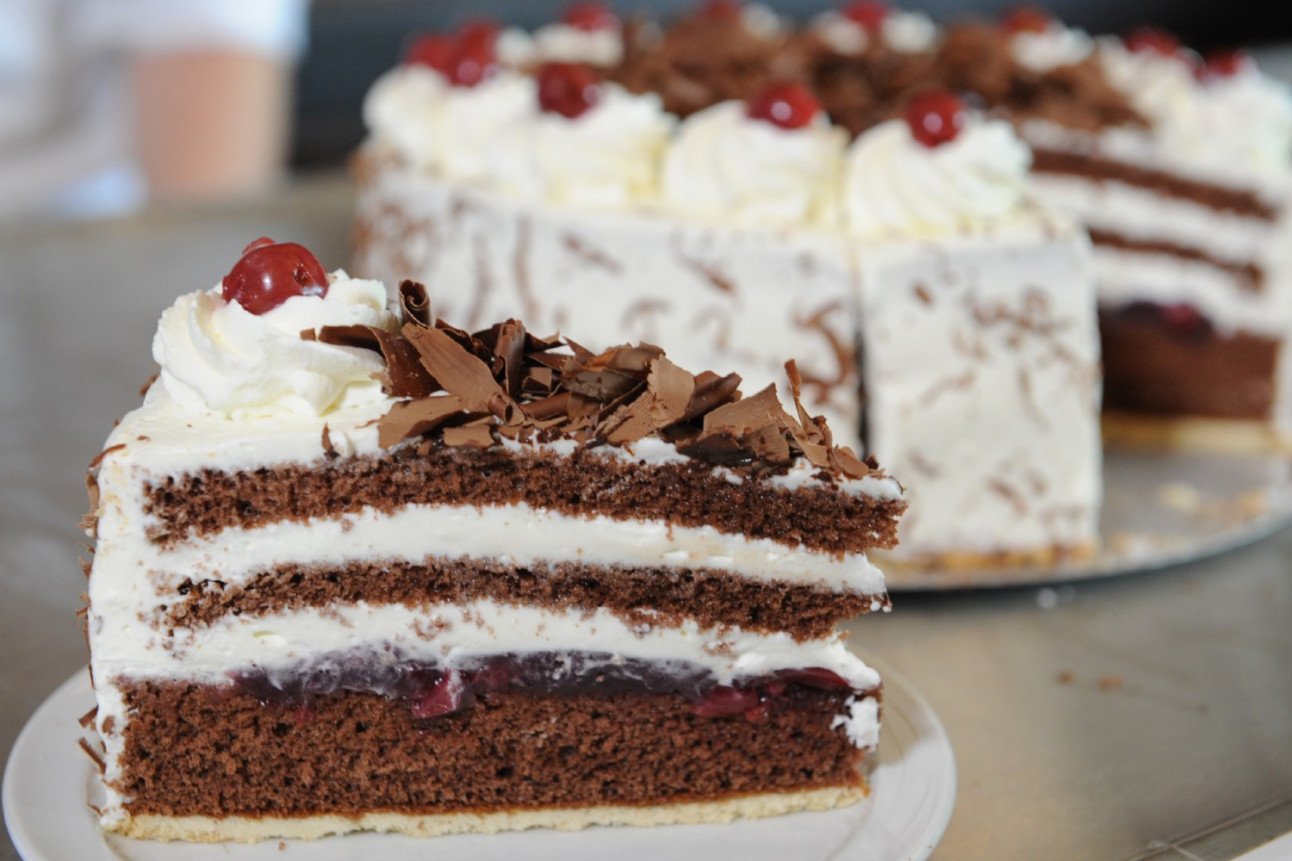As soon as the US chain announced that it would move into Milan in September 2018, the story quickly became the most-discussed topic on our social media.
I beg you, exorcize this evil before it's too late. https://t.co/yFYyTziimQ
— UP (@SignorPallina) May 7, 2018
Starbucks in Italy pic.twitter.com/IidFB1Skem
— Luke Morenas-Jones (@CoachThoughtGK) May 7, 2018
We asked our readers to vote for or against the move: the result, it probably won't surprise you to learn, was a resounding “no”, by 87 percent on both Facebook and Twitter.
Why the opposition? Well, many of you just don't like the coffee. “Burnt” and “acidic” were the words we kept hearing.
Why on earth would anyone want over-roasted crap coffee when even the worst cafe in Italy has better coffee than Starburnt.
— Sneauxflake Speziale (@TheDivineSalM) May 8, 2018
Because you can’t. Let’s be really clear on this. Please for the love of all things holy don’t teach Italians anything about coffee. https://t.co/JQlzquKIEV
— Allysen (@ADPEfferson) May 7, 2018
The Italians should laugh them out of the country. Italy has been doing coffee for centuries. They know how to do it right. You can’t mass produce that kind of skill.
— Reyanna Rice (@ReyannaRice) May 7, 2018
If anybody buys Starbucks in Italy they should be immediately deported
— Michael dowling (@Michaeldowlin14) May 7, 2018
Then there's the price.
It's also 1 euro a cup in an ordinary caffe' bar. Will they be able to match that?
— SorLuca ?? ? (@AlarmBell) May 7, 2018
And the translation issues.
Will the sizes be “alto,” “big” and “twenty?”
— Brian Ruff (@DecaffDog) May 8, 2018
And, um, the portions.
Many people said no self-respecting Italians would be caught dead there.
But others disagreed. After all, Starbucks isn't just coffee.
Of course yes! Who ever goes to Starbucks for coffee? Try to write an essay or to spend an afternoon writing emails in an espresso bar. It goes from “What?! Why do you want the pw to our wifi?” to “Anything else? You're here for 20' and only had one cappuccino…” https://t.co/1zZxbquGr8
— Piero Castellano (@PieroCastellano) May 8, 2018
Awful coffee. Comfy chairs.
— kimberly (@kawhtweet) May 8, 2018
Many young cosmopolitan Italian's will use it – not for the coffee but because it's new and 'exotic'.
— Notes from Verona (@rick_hough) May 7, 2018
And a few brave souls even said they'd be ordering a tall skinny latte themselves.
I just can’t over the quickness of espresso culture and part of me is happy about this. Although I’m sure I won’t find one in Naples. https://t.co/Jy0HwqfhKF
— Marisa (@wonesinglestep) May 8, 2018
Besides, is it really the end of the world?
As plenty of you pointed out, Italy's legendary coffee culture is probably tough enough to survive a little competition.
So go ahead, Starbucks, open in Milan if you want. We have a feeling that Italy – and its coffee – will be just fine.
READ ALSO: Why coffee in Italy is a culture you must taste to understand

Photo: Alberto Pizzoli/AFP





 Please whitelist us to continue reading.
Please whitelist us to continue reading.